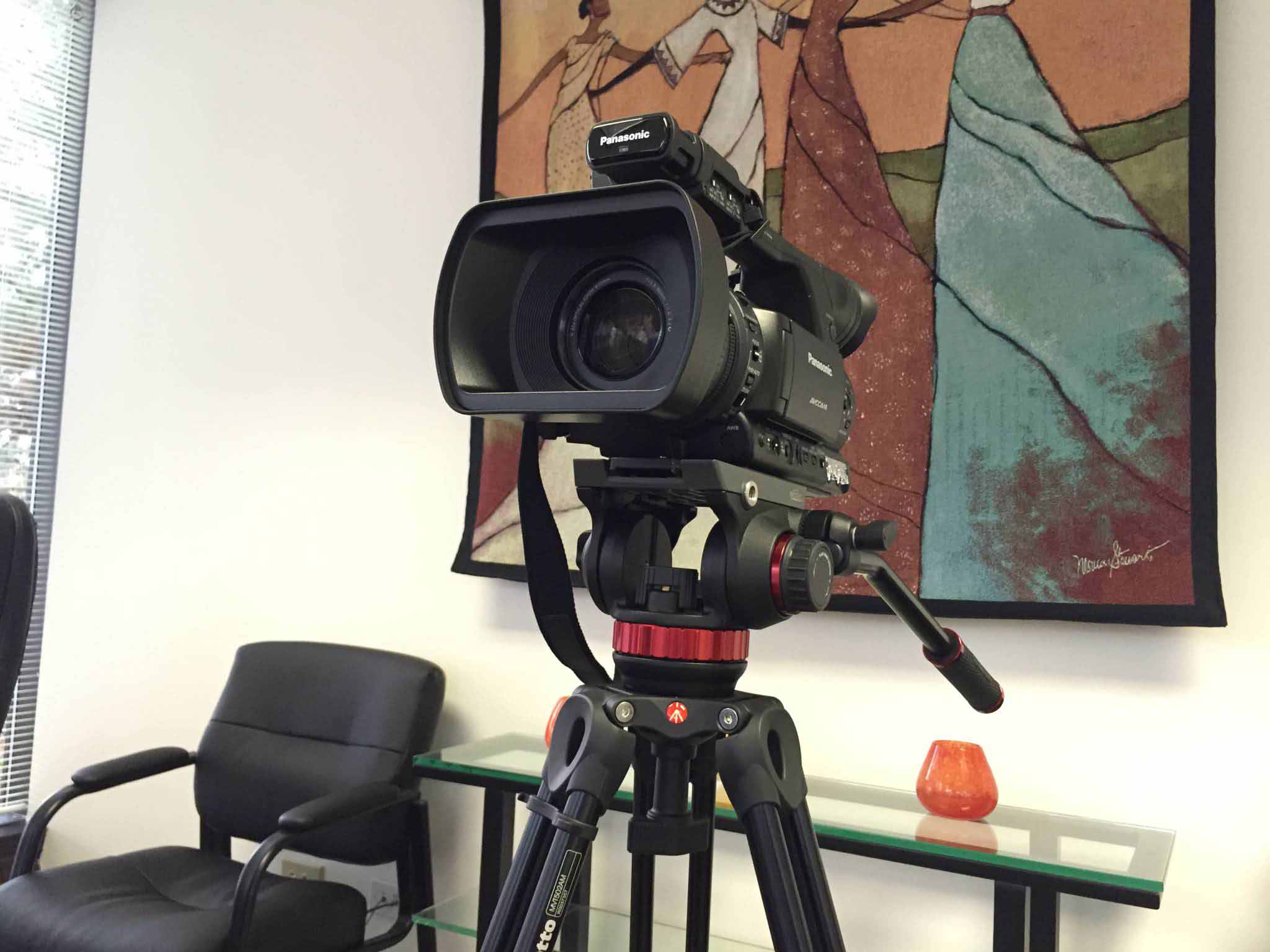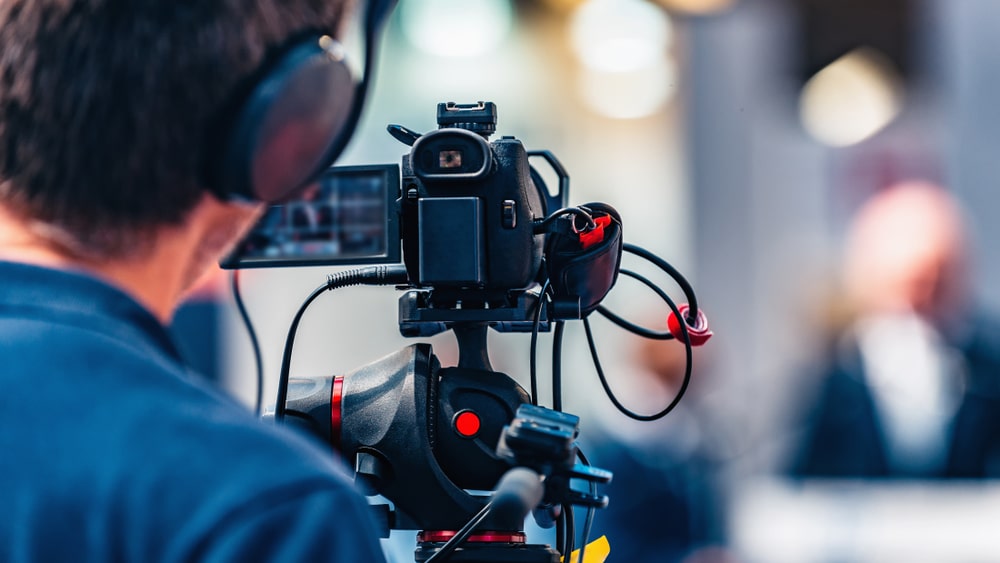Why Legal Videography is Becoming an Essential Tool for Attorneys
Why Legal Videography Is Critical for Accurate Court Recordings
The function of legal videography in courtroom settings can not be overstated, as it offers as an important tool for preserving the honesty of court documents. The ramifications of incorporating legal videography right into standard courtroom practices elevate important concerns concerning its more comprehensive impact on the legal system.
Relevance of Visual Evidence
In the realm of lawful process, the value of aesthetic proof can not be overemphasized. Aesthetic evidence acts as a powerful tool in developing truths, substantiating statements, and improving the total clarity of a situation. This kind of proof, that includes pictures, video clips, and representations, can give a tangible context that verbal summaries commonly lack, therefore supplying juries and courts a more clear understanding of the situations bordering a situation.
Moreover, aesthetic proof help in the retention of details. Human cognition is naturally visual, and individuals are extra likely to bear in mind and understand details presented in a visual format. In the courtroom, this can be critical, as compelling aesthetic evidence can persuade point of views and strengthen the narrative offered by legal reps.
Additionally, using visual evidence can reduce misunderstandings and obscurities that commonly develop from spoken exchanges. By providing a straight depiction of occasions, aesthetic evidence assists to remove subjective analyses and promotes an extra objective evaluation of the facts. The assimilation of visual proof right into lawful procedures not only strengthens the stability of the judicial procedure but likewise enhances the possibility of achieving a just result.
Capturing Non-Verbal Cues
Utilizing sophisticated videography methods can dramatically improve the capture of non-verbal cues during legal process. Non-verbal communication, consisting of faces, body language, and eye get in touch with, plays an important function in conveying emotions and purposes that may not be explicitly stated in verbal testament. legal videography. Lawful videography uses high-def cams and tactical angles to make sure that these refined cues are tape-recorded with quality and accuracy
The capacity to analyze non-verbal actions can supply important context to declarations made throughout court sessions. A witness's hesitation or self-confidence can be translated via their stance or motions, potentially influencing the jury's perception of integrity. The use of close-up shots can aid concentrate on an audio speaker's expressions, enabling for an extra nuanced understanding of the testament.
Additionally, integrating multiple camera angles can produce a thorough view of communications, highlighting dynamics in between parties involved. This multifaceted approach not just improves the precision of the court document but additionally aids in maintaining the stability of the judicial process - legal videography. Inevitably, recording non-verbal signs through legal videography cultivates a richer, more full representation of court room procedures

Enhancing Testament Dependability
The dependability of statement can be significantly reinforced through using high-quality legal videography. Video clip recordings function as an unbiased medium that catches not only site the talked words of witnesses yet likewise the subtleties of their delivery, including tone, pacing, and emotional expressiveness. This multifaceted paperwork offers a clearer understanding of the witness's credibility and intentions, which can be crucial in legal process.
Furthermore, legal videography lessens the possibility for false impressions that might develop from composed you can find out more records alone. When jurors can observe a witness's attitude and body movement along with their statement, they are better equipped to analyze the credibility and dependability of the proof offered. This aesthetic context can enhance the testimonial story, making it extra engaging and legitimate.
In addition, the visibility of a video recording can discourage potential variances in testament. Witnesses may be much more mindful in their statements when they recognize they are being tape-recorded, resulting in more exact and sincere accounts. Generally, top notch legal videography enhances the integrity of testimony, ensuring that the court has access to a complete and sincere depiction of the truths as conveyed by the witnesses.
Sustaining Appeals and Reviews
Legal videography plays an essential role in supporting appeals and evaluations by supplying a comprehensive visual document of court room procedures. This visual documentation records not just the spoken words of witnesses and lawyers however likewise the subtleties of body movement, intonation, and court room dynamics. Such aspects can be pivotal in understanding the context of testaments and arguments provided.
In the appellate procedure, where the emphasis gets on mistakes of legislation and procedural justness, a video document can act as an essential tool for appellate courts. It allows judges to assess the initial trial context, making certain that decisions are based upon a complete understanding of the procedures. The ability to visually evaluate the attitude of witnesses or my explanation the interactions between parties can disclose insights that created records might ignore.

In addition, lawful videography can assist in clearing up ambiguities in statements or procedural rulings, consequently enhancing the basis for an appeal. By using a trusted, objective account of what transpired in court, legal videography not only supports the honesty of the legal process however likewise empowers all events included to make informed decisions concerning their instances.
Improving Court Procedures
Enhancing court effectiveness, lawful videography simplifies procedures by providing immediate access to visual records of procedures. This innovation permits courts, attorneys, and juries to revisit vital testament and proof, guaranteeing that all events have a clear understanding of the situation. By capturing the subtleties of spoken and non-verbal interaction, videography enhances the record, making it simpler to comprehend the context and weight of statements.

Additionally, video recordings can assist in remote engagement in hearings, enabling greater adaptability in organizing and participation, which is particularly important in intricate cases entailing several stakeholders.
Final Thought
Finally, lawful videography plays a crucial duty in making sure precise court recordings by giving vital visual proof that catches both spoken and non-verbal communication. This technique improves the integrity of statements, sustains appellate testimonials, and enhances court room processes. By fostering an extensive understanding of court characteristics, legal videography eventually adds to more equitable judicial end results, reinforcing the integrity of the legal system and helping with informed decision-making.